|
If you've ever wondered why we all have or will have diabetes, it starts with our love affair of sugar, not only the sweet stuff but the carbohydrates too. As children we watched Willy Wonka's Chocolate Factory and became obsessed. Unfortunately neither Gene Wilder or Johnny Depp scared us enough to keep the insulin needles out of our arms.
The gobstopper is a hard candy made almost entirely of sugar. It was invented by British pâtisserier chef Eleanor Isdale, where it's obtained it's name via the English cockney term "gob" meaning mouth. Although the everlasting gobstopper is not everlasting, every child wants one. Whether visiting an amusement park or in the grocery store, parents are faced with daily sugar war. If I give it to them will they shut up? Or will the kids be up all night? Will they they choke to death? Sadly I'm sure it's occurred, and with comparison Kinder Eggs a German candy/toy is banned from the US because it was deemed as choking hazards, however these giant mouth balls of sugar remain perfectly legal. The Giant Gobstopper has started an entire niche market for enormous edibles. With stores like It's Sugar and Sweet Factory in every mall and vacation destination across North America it's no wonder all American children are not morbidly obese. From the 5lb. gummy bear to the 1.5 lbs. of Fun Dip, we've officially created a monster. There is the 30 lb. gummy worm, and although perverted it is called the Party Python and is priced at $150 with warnings against warm weather shipping. Now this Giant Jawbreaker can cost you anywhere between $3 to $15, but the added incentive of diabetes is free. Dentist love all these things becasue jawbreaker isn't just a clever nickname. With this can only hope that Kara Walker's a Subtlety in the former Williamsburg Brooklyn Domino Sugar factory sheds further light on the true costs of colonized confectionery consumption. "An homage to the unpaid and overworked artisans who have refined our sweet tastes from the cane fields to the kitchens of the new world on the occasions of the demolition of the domino sugar refining plant." Walker's Sugar Baby is not only breathtaking but spell-bounding. So before shoving that Giant Gobstopper in your kids mouth midst trying to shut them up, maybe let them speak and show them the deeper meaning of sugar.
0 Comments
Leave a Reply. |
LAJ
100 Objects of Popular and Material Culture is an blog exploring the manifestations of human consumption and commodity-ization. The purpose of this experiment is to explore material and popular culture in contemporary society by using objects and concepts to prompt wider questions and reflections. So by emulating The British Museum's and Neil MacGregor's format of A History of the World in 100 Objects I plan to satirically analyze and reinterpreted 100 material culture objects over the course of 2014. Material Culture is the study of our culture's consumption of stuff; namely the manifestation of culture through material productions where people's perceptions of objects is socially and culturally dependent. With this, objects reflect conscious and unconscious beliefs on the the individuals who fabricated, purchased, or used them, and by extension the society where they live. So examining materiality, cultural truths and societal assumptions may be discovered. As anthropologist Arjun Appaduai states "in any society the individual is often caught between the cultural structure of commodity-ization and his own personal attempts to bring a value and order to the universe of things." Objects and commodities make up a much larger symbolic system consisting of want and need, socio-economic status, fashion, etc. Often times form follows function whether the commodity, market, and or consumer forever evolve around one-another. Philosopher Pierre Bourdieu's theories of capital flow full circle; where regardless if you are a minimalist or a hoarder the world is made up of things and everyone will leave their footprint on the earth. So by humorously analyzing marketed objects and concepts, hopefully this blog will provide further incite into ideas of over-consumption, a disposable society, consumerism vs. anti-consumers, planned obsolescence vs. sustainability, as well as the greater good of mankind and future generations. Archives
March 2015
Categories |
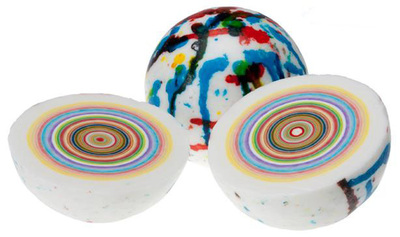
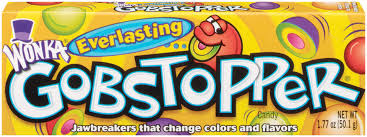



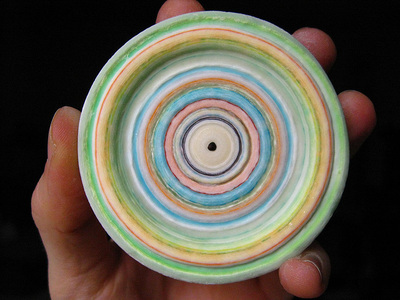
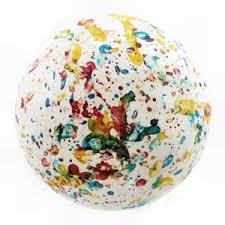
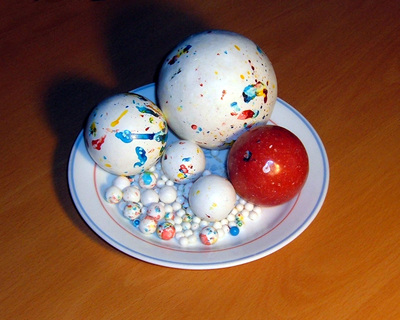

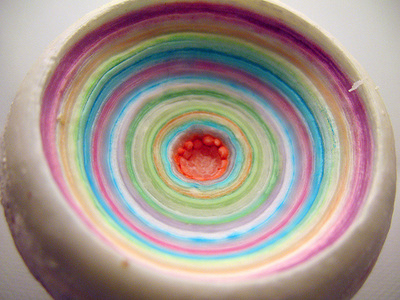
 RSS Feed
RSS Feed